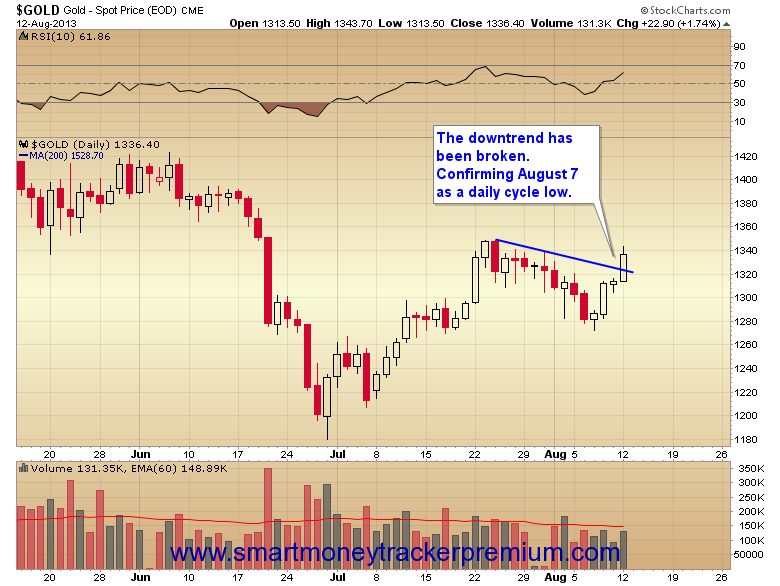
Bonds & Interest Rates
There is more evidence that the Federal Reserve is falling out of love with asset purchases.
Economists at the San Francisco Fed Bank released a paper on Monday estimating that asset purchases, also known as quantitative easing, add only “a moderate boost” to economic growth.
And that boost itself is dicey, as it really depends on the central bank promising not to raise short-term interest rates, the study found.
The economic letter, written by Vasco Curdia and Andrea Ferrero, senior economists at the San Francisco regional bank, focused on the Fed’s second round of asset purchases: $600 billion of long-term Treasurys purchased between November 2010 and June 2011. The economists said the purchases added about 0.13 percentage point to real GDP growth.
And without the guidance from the Fed that rates would be held close to zero, QE2 would only have added 0.04 percentage point to growth, the economists found.
There was no discussion of the cost of QE2 in the paper.
The Fed is currently buying $85 billion a month in Treasurys and mortgage related assets. It has signaled it wants to pull back the stimulus. Charles Evans, the president of the Chicago Fed, estimated that the central bank will buy $1.2 trillion of assets once the third round of the program is completed.
The study fits with the view of some monetary policy experts who argue that asset purchases are really just “earnest money,” or a signal to markets that the Fed is going to keep interest rates low for longer. In other words, while the Fed is buying assets, it won’t be raising rates.
According to this view, once the Fed starts to taper asset purchases, the market will quickly turn its attention to when the Fed will hike rates.
The study itself concludes: ”Communication about when the Fed will begin to raise the federal funds rate from its near-zero level will be more important than signals about the precise timing of the end of QE3.”

U.S. stocks turned lower on Tuesday, with the S&P 500 extending losses into a third session, after retail sales rose less than estimated in July.
A report released by the Commerce Department ahead of the open had retail sales rising 0.2% last month after a 0.6% gain in June that was larger than initially estimated.
“Consumers are still spending, although limited income growth appears to also be holding spending increases in check,” Jim Baird, chief investment officer at Plante Moran Financial Advisors, wrote in emailed research.


China’s economy has become the second largest in the world, but its rapid growth may have created the largest housing bubble in history.
 During the global consumer credit bubble from 2002-2007, China received an unprecedented surge of cash flow from our “dumb” consumer levered-spending across the developed world. What did they do with all that suddenly found wealth? What most humans do in such circumstances: they made a bunch of bad and unproductive spending choices. In 2008 when the cash flow bubble from exports finally burst, the Chinese government responded with more bad decisions, levering up to try and reignite hyper-growth in the economy. Now 5 years later, western cash flow has not come back, and the Chinese economy is slumping neck deep in a domestic debt bubble of its own making. While it was the country that rolled out the relatively largest stimulus package during the 2008 Great recession, China is not now able to rescue the global economy in the next leg of the post-credit bubble recession.
During the global consumer credit bubble from 2002-2007, China received an unprecedented surge of cash flow from our “dumb” consumer levered-spending across the developed world. What did they do with all that suddenly found wealth? What most humans do in such circumstances: they made a bunch of bad and unproductive spending choices. In 2008 when the cash flow bubble from exports finally burst, the Chinese government responded with more bad decisions, levering up to try and reignite hyper-growth in the economy. Now 5 years later, western cash flow has not come back, and the Chinese economy is slumping neck deep in a domestic debt bubble of its own making. While it was the country that rolled out the relatively largest stimulus package during the 2008 Great recession, China is not now able to rescue the global economy in the next leg of the post-credit bubble recession.












